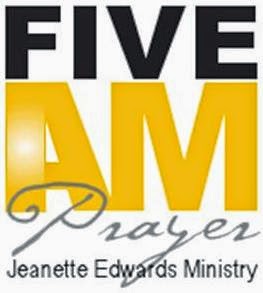Luke 24
Teaching from Preaching and Teaching from the Old Testament by Walter C. Kaiser
Witness the word was God throughout the Bible: G3056 logos
uttered by a living voice, embodies a conception or idea what someone has
Deuteronomy 9:10; 2 Chronicles 30:2, 36:16; Luke 5:1; John 1:1
Luke 24:44-48 He said to them, “Foolish people! So unwilling to put your trust in everything the prophets spoke! Didn’t the Messiah have to die like this before entering his glory?” Then, starting with Moshe and all the prophets, he explained to them the things that can be found throughout the Tanakh concerning himself.
Without dialogue in comprehending passages from the scriptures, the narrative would be one steady flow of plot. As a engine--dialogue moves the narrative (storyline) and keeps emphasis on the plot. As in the chapter of Luke 24. The narrative plants the scene at the beginning. The theme, what is happening, the environment and then enters a group of characters with a purpose. Yet notice the introduction of dialogue for the plot in the narrative. Two men speak and the dialogue flows as following.
Luke 24:1-7 but the next day, while it was still very early, they took the spices they had prepared, went to the tomb, and found the stone rolled away from the tomb! On entering, they discovered that the body of the Lord Yeshua was gone! They were standing there, not knowing what to think about it, when suddenly two men in dazzlingly bright clothing stood next to them. Terror-stricken, they bowed down with their faces to the ground. The two men said to them, “Why are you looking for the living among the dead? He is not here; he has been raised. Remember how he told you while he was still in the Galil, ‘The Son of Man must be delivered into the hands of sinful men and be executed on a stake as a criminal, but on the third day be raised again’?”Looking at the passages of Scripture from these view points, plots, themes, characters, pivotal and dialogue. This gives a sound approach to fully comprehending the volume of wisdom in the words of Yahweh. As powerful as it sounds--this very same approach is exactly what Yahweh intended for us to be filled with by His word (Him). The word made flesh:
John 1:14 The Word became a human being and lived with us,and we saw his Sh’khinah,the Sh’khinah of the Father’s only Son,full of grace and truth.
Understanding the Word and flesh dwelt among us, tells me that as I read His word. We become one.
~WORD AND FLESH~
This approach changes the game from surface reading and words being rehearsed. From pastors that do not comprehend scriptures or the Tanakh on this level of study. You can't have one without the other.
Building passages and narratives as structures that individually belonging to their own narratives. But collectively relates to the objects. You have to understand how important it is to read chapters versus picking scriptures. Due to the fact that there is more to one narrative. As you search the entire Tanakh (Old Testament) and Brit Chadashah (New Testament). You'll find similar passages, themes, and plots--that as a structure (building of passages) will tell the story entirely.
Understanding the Word and flesh dwelt among us, tells me that as I read His word. We become one.
~WORD AND FLESH~
This approach changes the game from surface reading and words being rehearsed. From pastors that do not comprehend scriptures or the Tanakh on this level of study. You can't have one without the other.
Building passages and narratives as structures that individually belonging to their own narratives. But collectively relates to the objects. You have to understand how important it is to read chapters versus picking scriptures. Due to the fact that there is more to one narrative. As you search the entire Tanakh (Old Testament) and Brit Chadashah (New Testament). You'll find similar passages, themes, and plots--that as a structure (building of passages) will tell the story entirely.
Luke 24:44-47 Yeshua said to them, “This is what I meant when I was still with you and told you that everything written about me in the Torah of Moshe, the Prophets and the Psalms had to be fulfilled.” Then he opened their minds, so that they could understand the Tanakh, telling them, “Here is what it says: the Messiah is to suffer and to rise from the dead on the third day; and in his name repentance leading to forgiveness of sins is to be proclaimed to people from all nations, starting with Yerushalayim.
To hear this again click here.

No comments:
Post a Comment